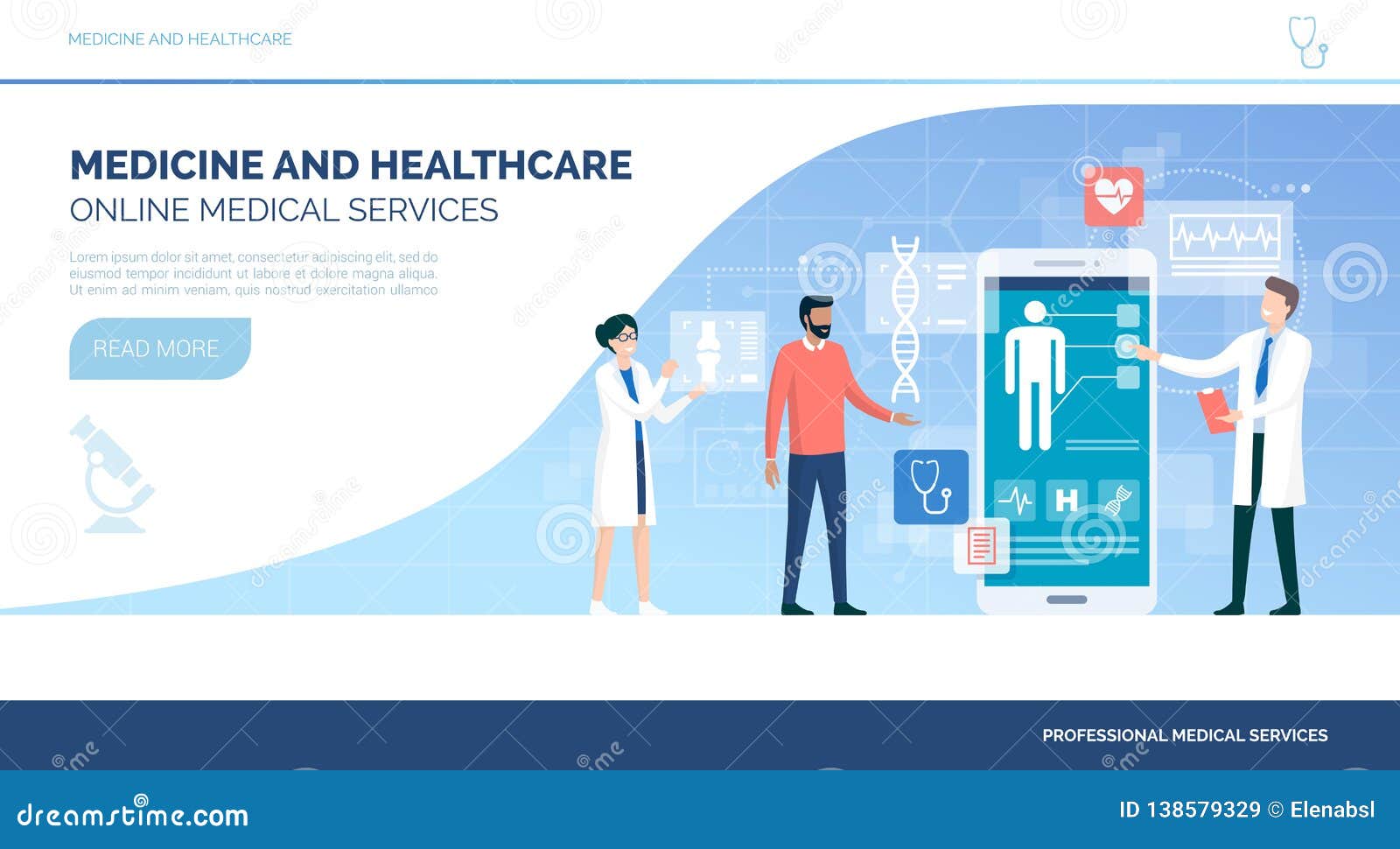How Subscription Based Healthcare is Revolutionizing Patient Access to Services
Recognizing the Cost-Effectiveness of Subscription-Based Health Care Models
As the healthcare landscape progresses, subscription-based versions emerge as a compelling choice, assuring to redefine just how individuals take care of medical expenditures. Reviewing these models' cost-effectiveness necessitates a nuanced contrast with standard insurance, thinking about both monetary ramifications and individual complete satisfaction.
Summary of Subscription-Based Versions
Subscription-based health care designs, in some cases referred to as direct medical care or concierge medicine, are significantly obtaining focus as a prospective remedy to ineffectiveness within conventional healthcare systems. These models run on the concept of offering clients direct access to health care service providers with a regular monthly or annual fee, bypassing the demand for standard insurance systems. This arrangement intends to streamline patient-provider interactions by lowering administrative worries, which commonly prevent tailored and timely treatment.
At the core of subscription-based models is the focus on an extra individualized person experience. Individuals take advantage of enhanced accessibility to their medical professionals, often including next-day or same-day visits, extended examination times, and direct interaction networks such as phone or video clip calls. This design cultivates an aggressive method to health care, where companies and people can collaboratively concentrate on preventative treatment and persistent condition management.

Cost Contrast With Standard Insurance Coverage

Among the primary economic advantages of membership versions is transparency in prices. Patients pay a foreseeable cost, which can simplify budgeting and financial preparation. Additionally, these versions usually remove co-pays and deductibles for protected services, reducing out-of-pocket costs. On the other hand, typical insurance may be extra advantageous for individuals requiring specialized care or pricey therapies not covered under a subscription model, as they take advantage of the broader coverage network and cost-sharing mechanisms.
Nevertheless, cost-effectiveness is context-dependent. While registration models might provide financial savings for those mainly needing medical care, individuals with persistent problems or specialized health care needs might find standard insurance policy much more comprehensive. Assessing certain medical care requirements and possible use is essential in determining the most economical alternative for people.
Influence on Individual Contentment
Person contentment within subscription-based health care designs typically reflects a substantial renovation over conventional insurance coverage systems. Unlike typical systems, where patients might experience delays in getting treatment, subscription-based versions guarantee even more direct and prompt interactions with health care carriers.
Additionally, the transparency in expenses related to subscription-based medical care reduces the typical irritations connected to unanticipated fees and complicated payment processes seen in typical insurance (subscription based healthcare). Patients appreciate knowing the specific financial dedication upfront, leading to raised depend why not try here on and self-confidence in their medical care administration
Furthermore, the emphasis on precautionary treatment and wellness in subscription models contributes to enhanced health and wellness results, additionally boosting client fulfillment. By concentrating on continuous health care as opposed to anecdotal care, individuals experience an even more continual and alternative healthcare trip.
In addition, the boosted provider-patient partnership cultivated in these designs, characterized by even more time invested per client and personalized attention, plays an important role in raising patient contentment levels, as clients feel really cared for and comprehended.
Supplier Point Of Views and Experiences
From the supplier's point of view, subscription-based medical care designs offer a transformative technique to supplying medical solutions. These versions emphasize a preventative and proactive health care strategy, enabling providers to concentrate on detailed individual care without the constraints of conventional fee-for-service plans (subscription based healthcare). This change in emphasis typically causes improved patient end results and enhanced company satisfaction, as health care experts can allot more time and sources to patient interaction and personalized care plans
Additionally, membership models help with predictable revenue streams, which boost economic security for doctor. This predictability permits enhanced resource planning and appropriation, adding to a much more efficient healthcare distribution system. Carriers can buy team training, modern technology, and facilities renovations, thereby improving the quality of treatment offered.
However, the shift to subscription-based designs is not without obstacles. Regardless of these obstacles, several providers find that the advantages of boosted individual communication and streamlined operations outweigh the preliminary difficulties, making subscription-based models an attractive choice.
Future Prospects and Obstacles

A key challenge is regulatory conformity, as subscription versions must abide by evolving medical care plans and insurance demands. This demands continual adaptation and innovation to make sure placement with lawful standards. In addition, incorporating these versions right into existing healthcare facilities can be complex, requiring considerable financial investments in innovation and training.
There is additionally the potential threat of developing inequities in health care accessibility, as registration designs may favor those that can manage them, leaving at risk populations underserved. Addressing this calls for thoughtful consideration of prices methods and have a peek here subsidy devices to ensure inclusivity.
Conclusion
Subscription-based healthcare versions present a sensible choice to typical insurance coverage by offering financial predictability and openness, specifically profiting individuals with persistent problems or frequent health care requirements. The cost-effectiveness of these designs rests upon individual medical care usage patterns and circumstances. While they might boost client complete satisfaction and improve budgeting, challenges remain in dealing with specialized treatment needs. Future considerations consist of stabilizing comprehensive protection with affordability and incorporating these designs within the broader health care system for optimum end results.
Subscription-based health care models, in some cases referred to as straight primary treatment or concierge medication, are increasingly acquiring focus as useful link a possible option to ineffectiveness within conventional medical care systems. Unlike conventional systems, where individuals might experience delays in getting treatment, subscription-based models make certain more direct and prompt communications with healthcare providers.
These models stress a aggressive and preventative healthcare technique, permitting carriers to focus on comprehensive client treatment without the restraints of standard fee-for-service setups. As these versions continue to get traction, they supply the potential to reinvent client accessibility to care, improve service shipment, and optimize healthcare investing.Subscription-based medical care versions offer a feasible option to typical insurance policy by using monetary predictability and transparency, specifically profiting individuals with chronic problems or regular health care needs.